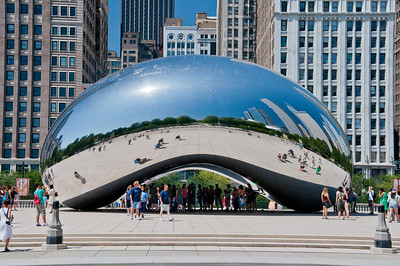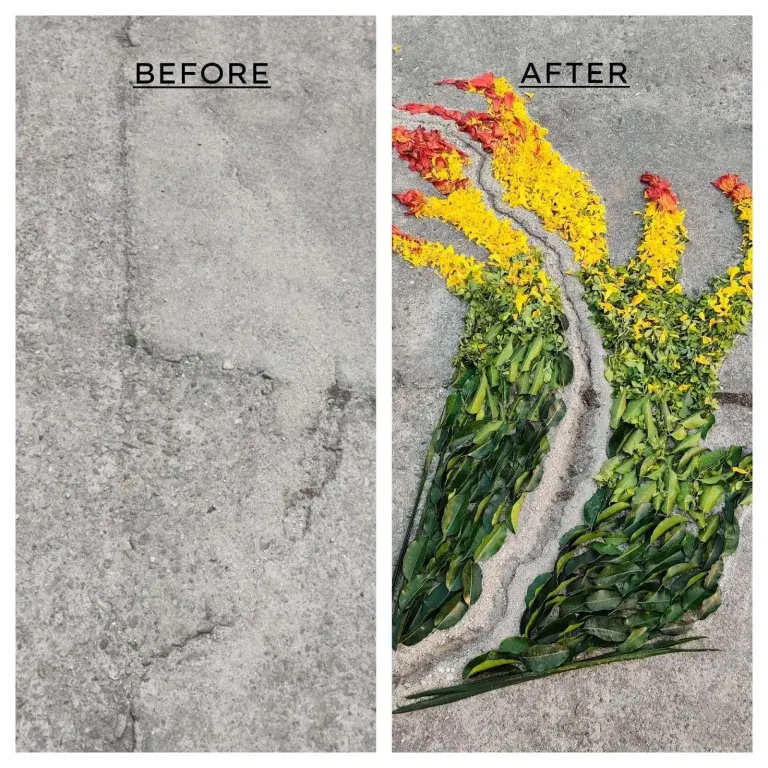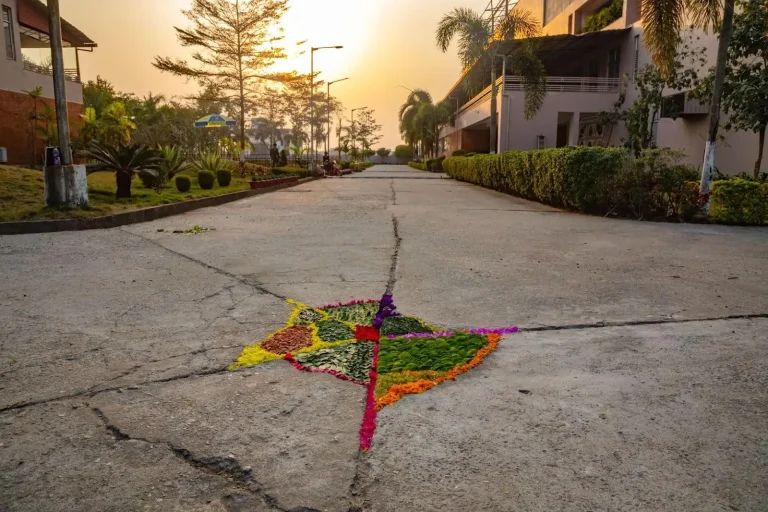Land Art a.k.a Site-Specific Art is a term used particularly since the 1960s for art made with a specific location in mind, whether inside or outside. The work may be made at that location or made for it. Site-Specific Art may be an intervention in a specific place, environment, or landscape.
The term site-specific refers to a work of art designed specifically for a particular location and that has an inter-relationship with the location.
As a site-specific work of art is designed for a specific location, if removed from that location it loses all or a substantial part of its meaning. The term site-specific is often used in relation to installation art, as in site-specific installation; and land art is site-specific almost by definition.
Land Art as a Movement
Land art was a part of the wider conceptual art movement in the 1960s and 1970s. The most famous land artwork is Robert Smithson’s Spiral Jetty of 1970. It was earthwork built out into the Great Salt Lake in the USA.
Though some artists such as Smithson used mechanical earth-moving equipment to make their artworks. Other artists made minimal and temporary interventions in the landscape such as Richard Long who walked up and down until he had made a mark on the earth.
Land art, which is also known as earth art, was usually documented in artworks using photographs and maps which the artist could exhibit in a gallery. Land artists also made land art in the gallery by bringing in material from the landscape and using it to create installations.
As well as Richard Long and Robert Smithson, key land artists include Nancy Holt, Walter de Maria, Michael Heizer, and Dennis Oppenheim.

Land Art as a Pre-Post-Modern Art Practice
From a broader perspective, Land art & Site Specific art started questioning different aspects of Art & their existence. The early approaches of Land art appear 10 years before Postmodern Philosophy appeared. Modern systems of Art are highly connected with elitism. It has been questioned by Land Art artists in various aspects like – the process of execution, place of execution & finally Art as an object.
Early Land Art artists started executing their works in outdoor areas. This was the first approach to moving out from the elitism of art.
Department of BMACDs Land Art Project.
Under the guidance of their faculty. The students from the animation and graphic designing department at Inspiria embarked on an engaging project to gain practical experience in the field of Land Art.
Their project named “Sustainable Crack,” aimed to convert the unappealing dents and cracks on the campus pathway into stunning artistic installations adorned with leaves and flower petals.

Drawing inspiration from the concept of Land Art, which focuses on creating artistic expressions in natural environments. The students recognized the opportunity to enhance the aesthetics of their campus. Additionally, they aimed to raise awareness about the importance of sustainable practices.
The process
The execute the project students collected various types of leaves and flower petals. They carefully selected those that would complement the existing surroundings and add a vibrant touch to the pathway.
They considered factors such as colour, texture, and size to ensure a visually appealing composition. There are hardly any Graphic Designing Courses in Siliguri that goes such an extent to develop students’ artistic choices and foster a deeper connection between individuals and their natural environment.
The students collaborated closely with each other and enlisted the support of faculty members, who provided guidance and assistance throughout the process. They began by cleaning and preparing the cracked areas, ensuring a suitable surface for their artwork. Working in teams, they delicately arranged the leaves and flower petals, adhering them to the cracks.
As the project progressed, the blank canvas (road cracks) gradually transformed into a breathtaking display of natural artistry.

Passersby were captivated by the vibrant colours and intricate patterns formed by the leaves and petals. They turned what was once considered an eyesore into a focal point of beauty and inspiration.
The Sustainable Crack project sparked conversations about the potential for creativity and sustainability to coexist. Not to mention how it inspires others to consider alternative approaches to environmental improvement.
Our project: A combination of Land Art and Site-Specific Art
Our Project is bound by the specific site of Inspiria Knowledge Campus. Executing this project inside the campus makes it a Site-specific Art.

This is our sublime narrative for the whole project but we never lost our aesthetic aspects to make our project visually pleasing.
Throughout the execution, we have tried to spread the vibe of sustainable nature to our students.
Inspiria Knowledge Campus consists of two prominent elements – Nature & Concrete. These two elements are prominent in our project also. For this reason, we can call our project Land Art & Site-Specific Art.








